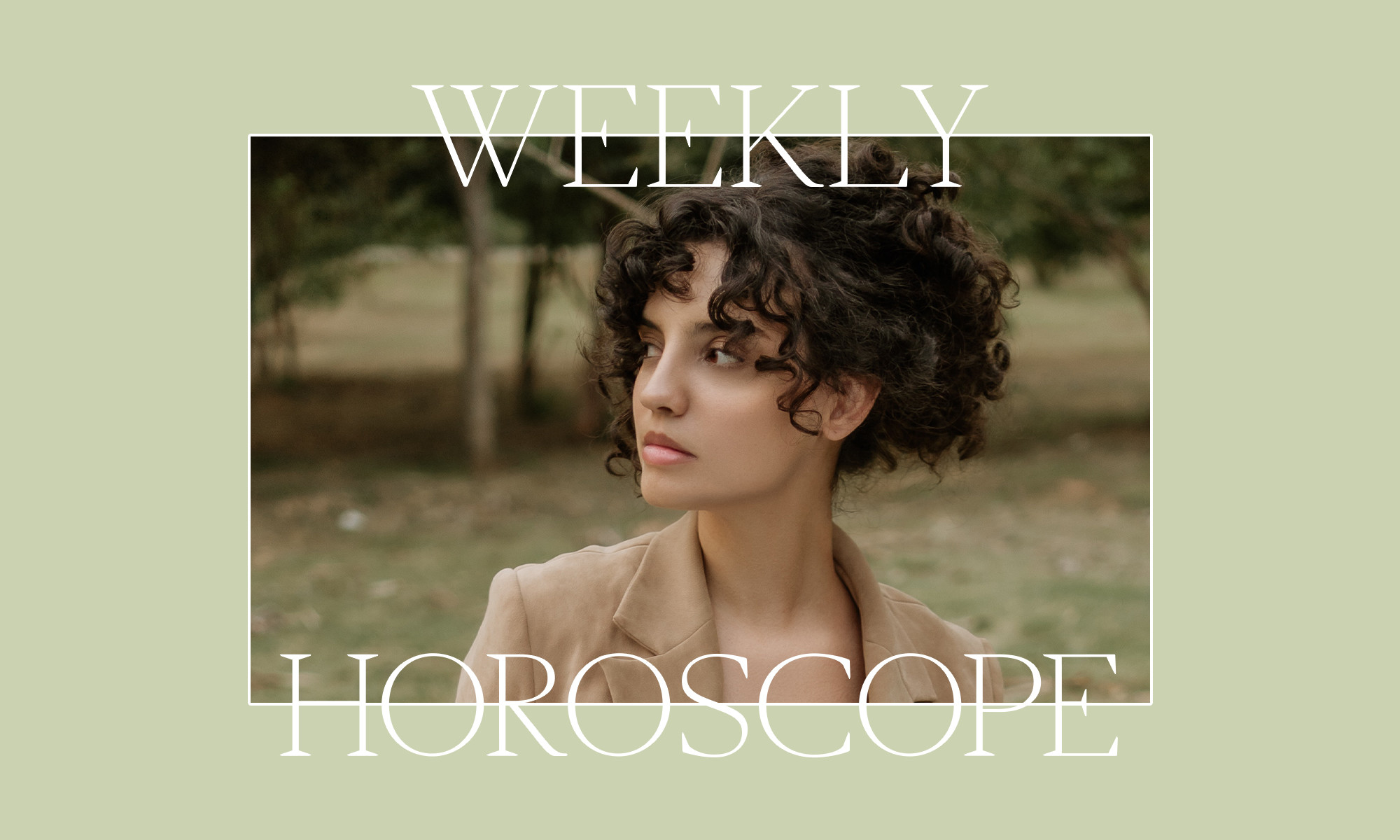5 Underrated Greens To Add To Your Plate (We Bet You Haven't Heard Of One!)
Some of the healthiest greens are actually quite underrated.

mbg Founder & Co-CEO
mbg Founder & Co-CEO
Jason Wachob is the Founder and Co-CEO of mindbodygreen and the author of Wellth.
Graphic by mbg creative / Lisa Merkle October 31, 2022 Our editors have independently chosen the products listed on this page. If you purchase something mentioned in this article, we may We can all pretty much agree that leafy greens are good for you—but which options are the most nutrient-dense? According to Lisa Merkle—who is the co-founder of an amazing indoor, vertical, hydroponic farm in Miami called Imagine Farms—some of the healthiest greens are actually quite underrated. “There's a whole world of leafy greens that [we don’t give enough credit],” she shares on this episode of the mindbodygreen podcast. “In the grocery store, [you may see] spring mix, arugula, and spinach, and there's so much more.” Nothing against those popular greens—adding more veggies to your plate is always a good idea, no matter which you choose! But if you’re curious about some more healthy superstars, find Merkle’s farm-grown favorites below. 
Advertisement
This ad is displayed using third party content and we do not control its accessibility features.
“The No. 1 most nutrient-dense, leafy green at the farm is watercress,” says Merkle. “It's actually the No. 1 most nutrient-dense of all the leafy greens.” See, the CDC measured 41 items and identified the top vegetables and fruits that had at least 10 percent or more of 17 different nutrients1. And guess what? Watercress earns the No. 1 spot, boasting nutrients like vitamin K, vitamin C, folate, and vitamin B9. “It's a leafy green that really degrades in flavor and nutrition most quickly after being harvested,” Merkle adds, which is why eating it as locally as you can will enhance its benefits. “It's peppery, very stemmy, and the stems are flavorful and delicious,” Merkle continues. “They're kind of crunchy, and what I also love about it is that it could be sautéed, and then you have more versatility in the kitchen.” “We have a secret space in the farm that is just for testing seeds,” says Merkle. “One is a leaf that's a hybrid of broccoli and kale…It has a sweetness, like a young broccoli, but the leaf is hearty like a kale.” That way, it’s tender enough to eat raw and great to sauté. Broccoli and kale are both part of the brassica family, so their union makes sense; plus, they each boast anti-inflammatory glucosinolates, vitamin K, and vitamin C. So why not help them join forces? This hybrid veggie might not be on the market quite yet (for now, it’s secured in Merkle’s “secret space”), but perhaps we can expect some broccoli-kale babies down the line. This ad is displayed using third party content and we do not control its accessibility features. “We grow a handful of different mustard greens, and there's one in particular that when it gets to a mid-size, it has a peppery finish that isn't overwhelming,” says Merkle. The leaf is kind of sturdy, like an arugula. It's something that I love.” Mustard greens, in general, are rich in fiber, plus micronutrients like vitamin A, vitamin B6, vitamin C, copper, calcium, iron, and magnesium (to name a few). “In Ayurveda, mustard greens are something that promotes digestion,” adds Merkle. That’s why you’ll find it in kitchari recipes, which is considered the ultimate healing meal in Ayurveda. “There's a thyme that all my chefs freak out about, because it isn't very woody. It's delicate, and the underside of the leaf is a purple color, so it's incredibly fragrant,” says Merkle. Thyme itself contains anti-inflammatory properties—a longevity dietitian even considers it one of her favorite herbs to use—and we imagine the enhanced flavor makes it even more of a gold mine find. This ad is displayed using third party content and we do not control its accessibility features. Another special herb Merkle has growing in her little secret room? Holy basil. “I make tea out of it,” she shares, as the herb is often used in ayurvedic medicine as a stress-busting аdарtоgеn. “The whole farm is totally sold out,” she adds. “Week after week we have standing orders.” Advertisement
Advertisement
The takeaway.
Leafy greens are good for you, plain and simple. However, some less-popular greens do fly under the radar. Plus, when they’re grown in a safe and environmentally conscious hydroponic farm, the benefits abound. Regardless, you might want to dabble in these wonderful greens.
We hope you enjoy this episode sponsored by Cotton! And don't forget to subscribe to our podcast on iTunes, Google Podcasts, Spotify, or Amazon Music!
Advertisement
This ad is displayed using third party content and we do not control its accessibility features.

 Astrong
Astrong 































